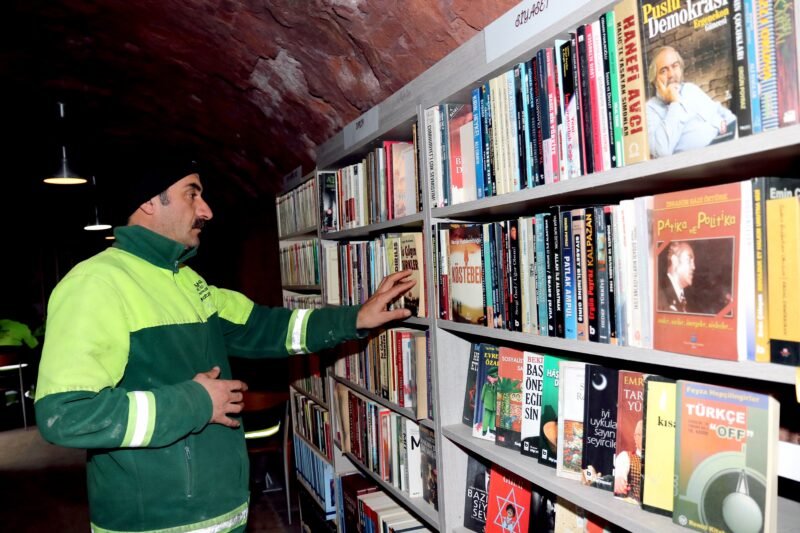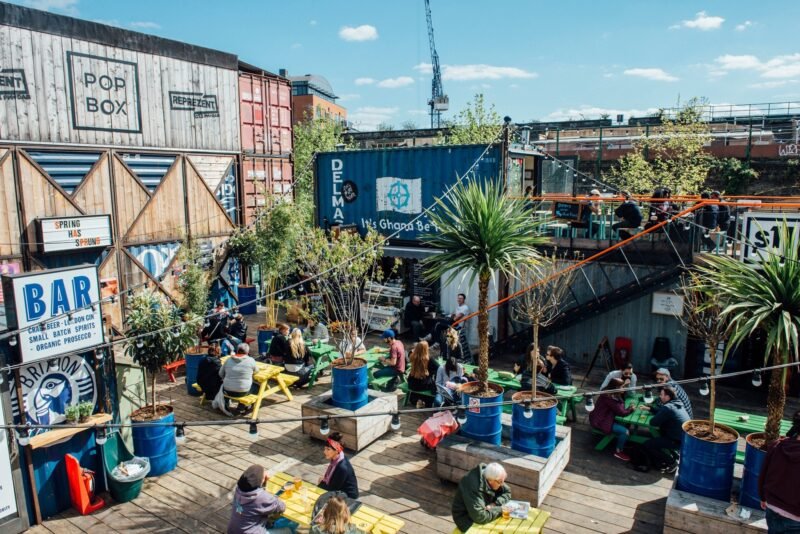Trend 5: Local Urban Culture Goes Global
We all know what the process of globalization stands for. Capital flows around the world as if there are no borders, individuals become cosmopolites, and my banana was grown 12,000 kilometers away from my salad bowl. In recent years we’ve seen a trend of globalization that’s relatively new: local bottom-up culture, events and ideas spread virally across the world and become branded products.
The globalization of creativity is becoming increasingly visible on the streets of the 21st century city. All hipsters look the same, no matter if you’re in East London, Stockholm, Brooklyn or Amsterdam. The same goes for ideas to improve the city and alternative ways of urban planning. A great example in this regard is Candy Chang’s ‘Before I Die’ initiative, that enables citizens to write their dreams on a neighborhood chalkboard. The project started in New Orleans, but over last years we’ve seen exactly the same chalkboard design popping up in cities like Berlin, Melbourne, Budapest, Johannesburg, Amsterdam, Buenos Aires and Beirut. Due to the Web, urban culture, events and ideas are slowly turning into branded products that flow across the globe. Local becomes global.



Especially urban events are things that have proven to go viral easily. We all know Park(ing) Day, the annual worldwide event where artists, designers and citizens transform metered parking spots into temporary public parks. The project began in 2005 when Rebar, a San Francisco art and design studio, converted a single metered parking space into a temporary piece of public space in downtown San Francisco. The project inspired such a large group of people around the world, that we can speak of a global movement today.


Also Jane’s Walk is an initiative that goes hand-in-hand with the trend. Jane’s Walk is a series of free neighborhood walking tours that helps put people in touch with their environment and with each other, by bridging social and geographic gaps and creating a space for cities to discover themselves. Since its inception in 2007, Jane’s Walk has happened in cities across North America, and is growing internationally. Another interesting project is the famous street piano project ‘Play Me, I’m Yours’. In 2008, British artist Luke Jerram decided to install pianos in parks, train stations, markets and other urban public spaces, and invite passers-by to play and enjoy. Over the last years, Jerram installed some 700 pianos in 34 cities across the globe, from New York City to São Paulo.


Does your city already have its annual Nuit Blanche festival? No? Be patient, because there’s a big chance it will come to your city. Nuit Blanche is an annual night-time arts festival that will typically have museums, art galleries and other cultural institutions open, with the city center itself being turned into one big art space with installations, performances, social gatherings, and other activities. Over the last years the festival has spread its wings from cities in France to cities in all edges of the world. PechaKucha is another great example of an initiative that started in Tokyo in 2003 as a presentation night for young talented people. The 20 slides x 20 seconds format has gained international fame inside and outside the creative world. As of today, more than 600 (!) cities worldwide have their own PechaKucha Night.


What characterizes this major trend is that we can speak of a form of globalization that’s not driven by governments or international companies, but by the local community itself. The majority of these characteristic bottom-up projects has only spread over the last years — something that may be due to the rise of social media. If you look at this global development from a marketing perspective, you could say that urban culture is slowly turning into a ‘me-too’ product that’s a result of today’s online copy culture. As soon as a good idea pops up in one city, it almost automatically gets picked up by hungry communities in other cities.

The big challenge for cities is to stay creative and maintain a unique identity in a world in which even local urban culture is globalized. Helsinki is a city that has tried to come up with its own ideas — 21st century traditions as we call them. Restaurant Day is such an initiative that has put the city’s innovative, idea-driven environment on the map. This food festival invites everyone to a restauranteur for a day. You can set up a pop-up restaurant, café or a bar in your home, office, the park, or even the beach. This food-focused initiative, initially meant to revitalize Helsinki’s urban community, has spread over the world since 2011. Still, everyone knows it was a Finnish idea. The same thing is likely going to happen with Cleaning Day, a Helsinki bottom-up initiative that turns the city into one big second-hand market.
This article is part of Pop-Up City’s Trends for 2013. Reflecting on what we’ve written in 2012 and looking into the new year, we’ve composed a new list of remarkable trends that we consider to be important for our cities in the coming time. Feel free to contact us in case you want to learn more about our reports.



